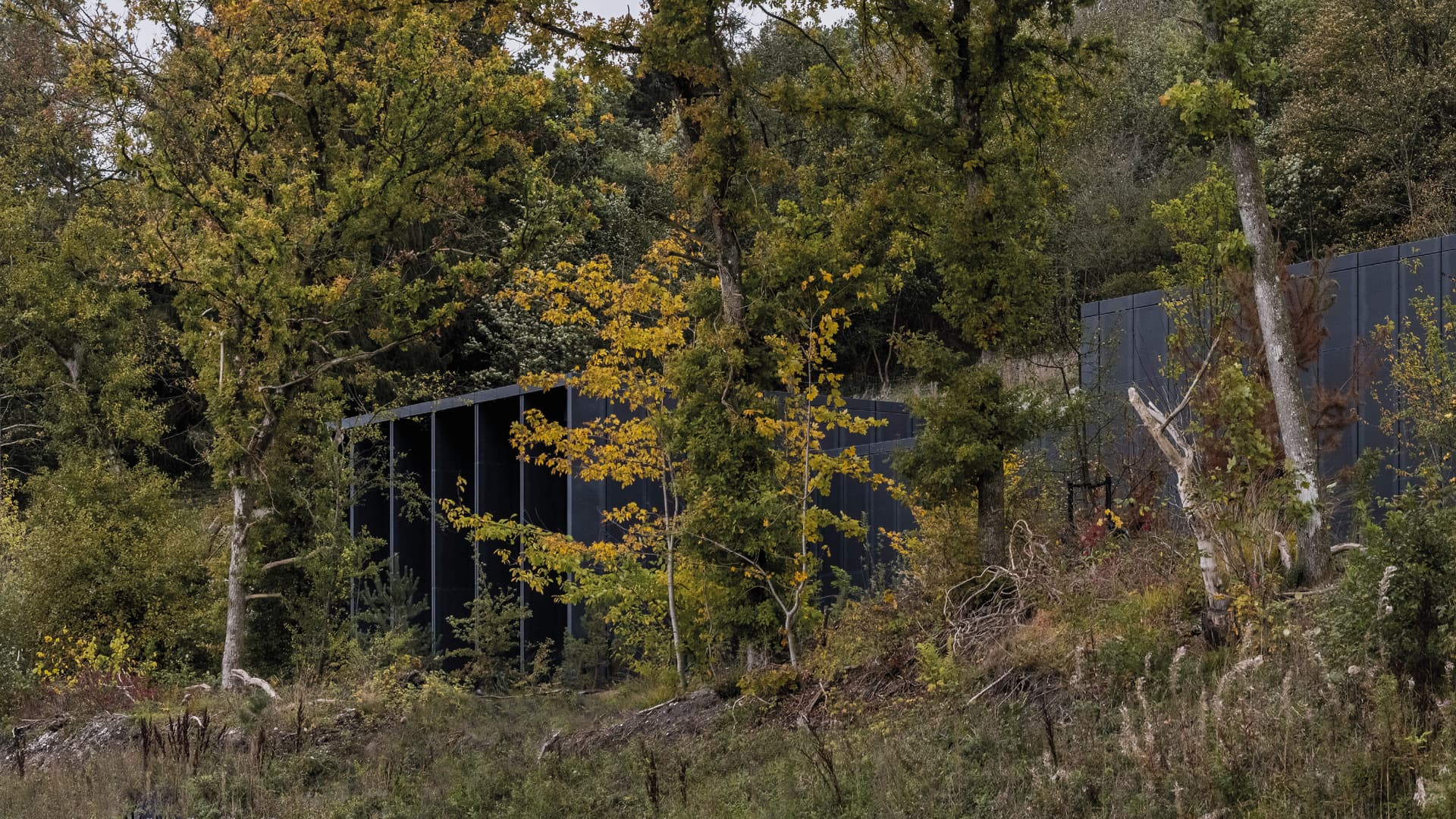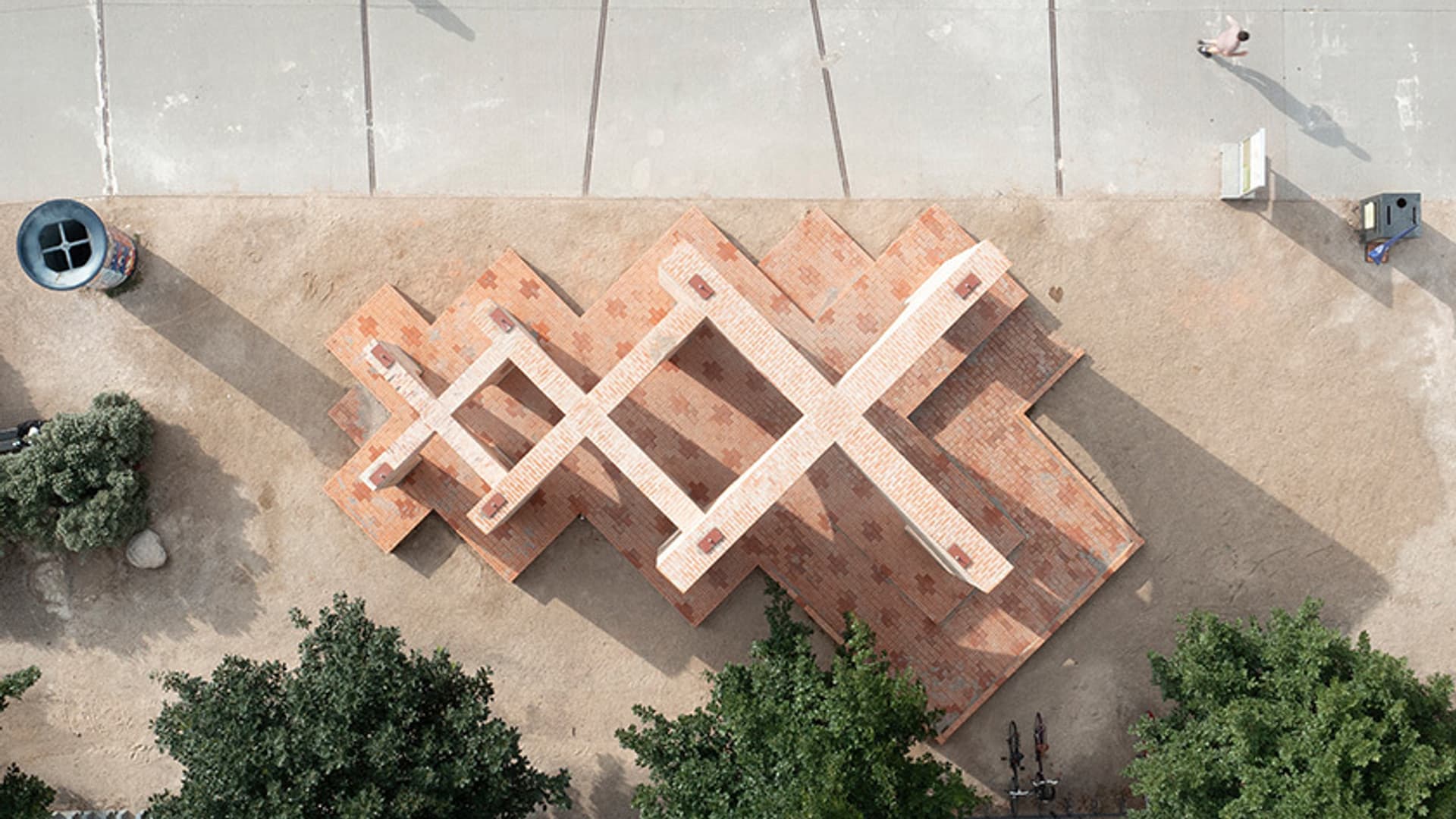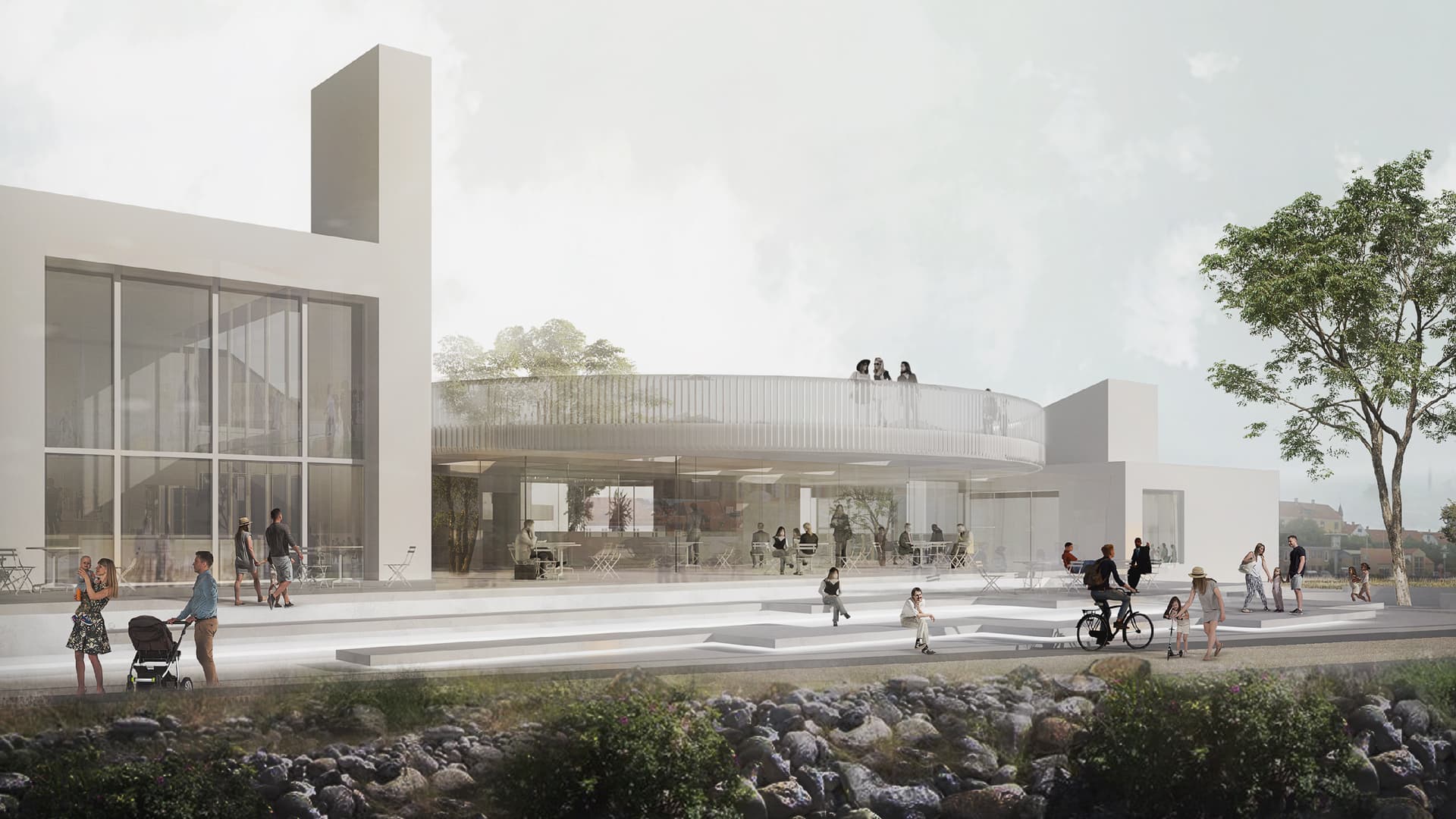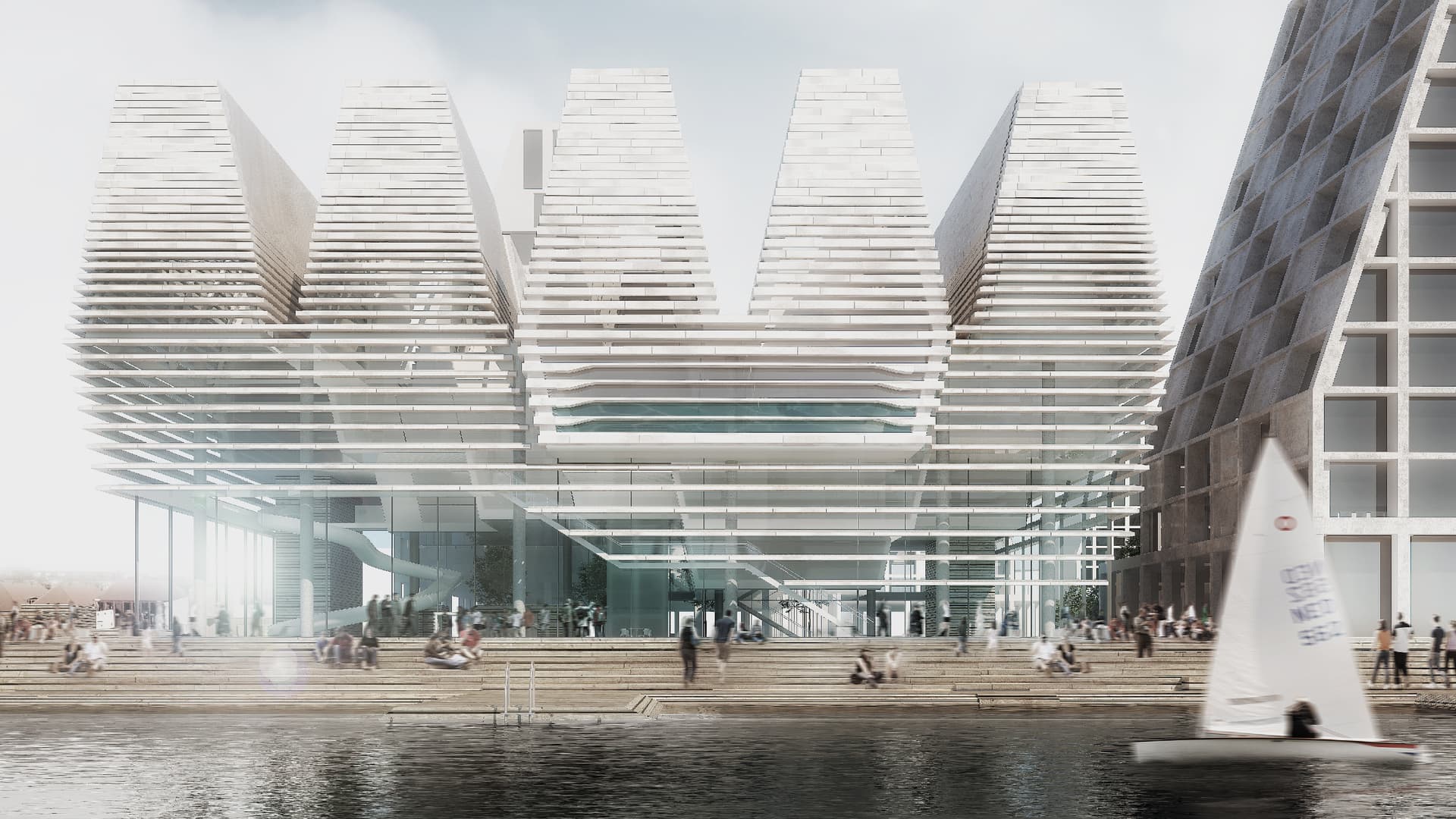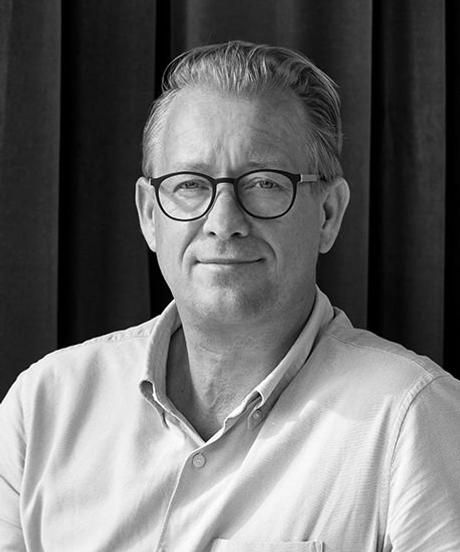
REGAN Vest – The Danish Cold War Museum
One of Denmark’s best-kept secrets
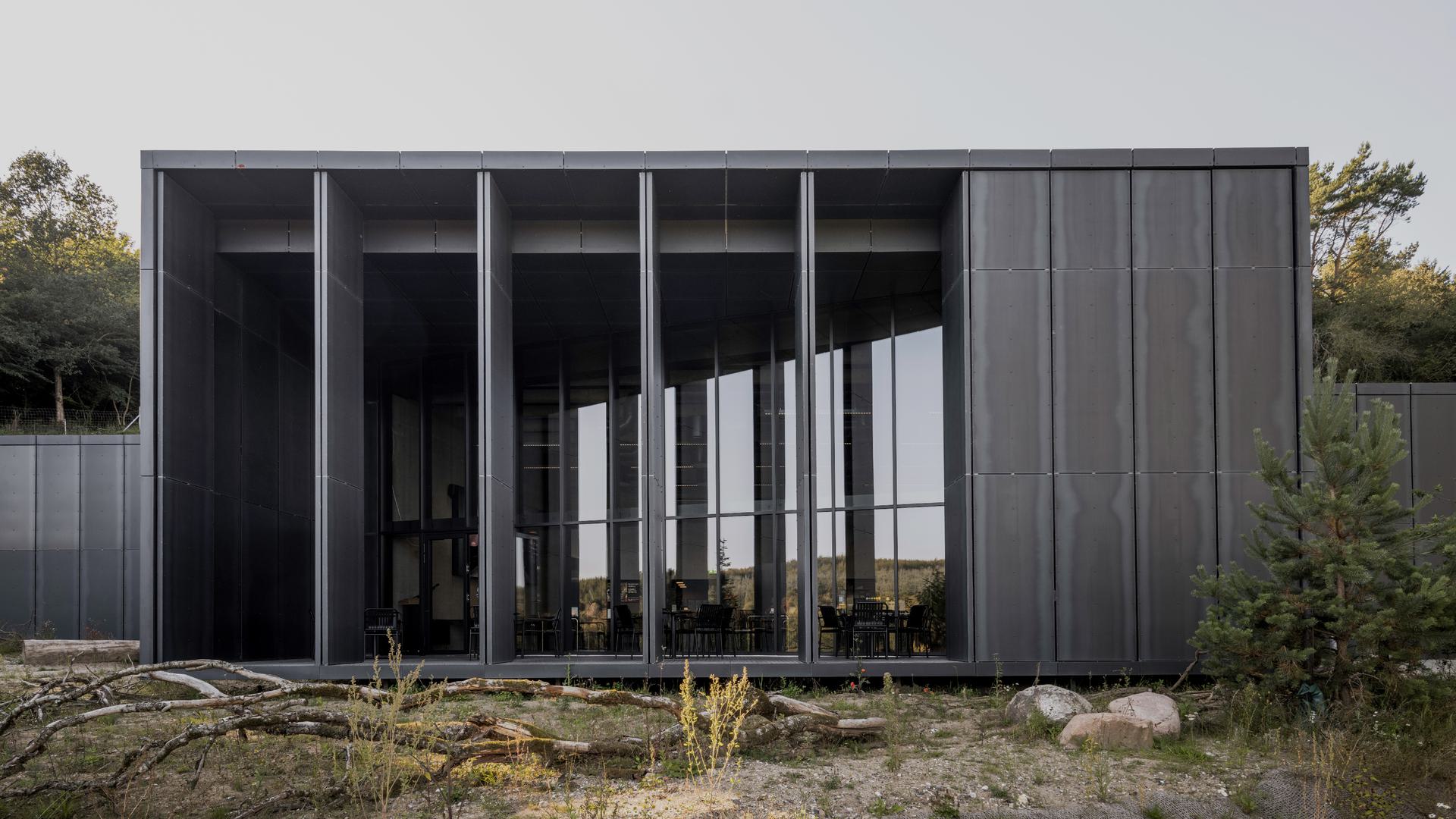
The Cold War bunker REGAN Vest was kept a state secret for many decades. Now the bunker opens to the public, thanks to our winning proposal for the new Danish Cold War Museum. The construction comprises four black boxes hidden deep inside Rold Skov in Northern Jutland, inspired by the decades-long mystery surrounding Denmark’s most secret bunker nestled 60 metres underground.
The last bastion of democracy
REGAN West is the country's best-preserved Cold War bunker, built in secret in the 1960s to house the government, civil service and the Royal House. The aim was to preserve Danish democracy for as long as possible in the event of a third world war, and REGAN Vest was thus the last bastion of Danish democracy for decades - if the bunker was taken by the enemy, Denmark fell.
The bunker has been a well-kept state secret for decades, hidden away 60 metres below the earth's surface in Rold Skov, and until a few years ago it was still a secret. But with the opening of the museum, visitors now have access to the bunker, the site's original lighthouse keeper's residence and a new exhibition building that will create a comprehensive narrative about REGAN Vest, its important democratic function and the role and lives of Danes during the Cold War.
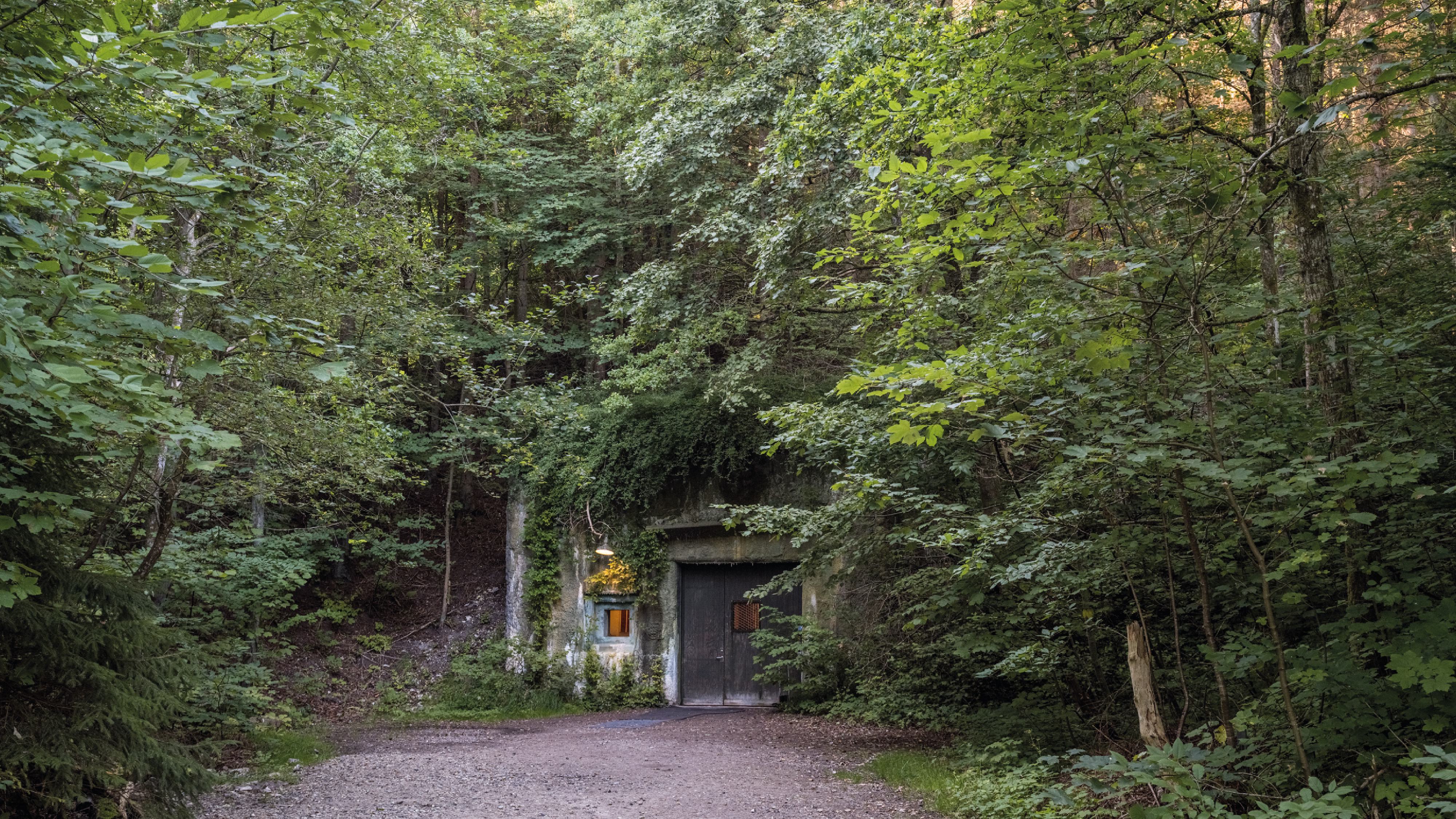
The Cold War Museum REGAN Vest is an utterly unique place, which will create framework for a very central story i Danish history — a story that is still relevant and important in this day and age.Anders Tyrrestrup / Founding Partner and Architect, AART

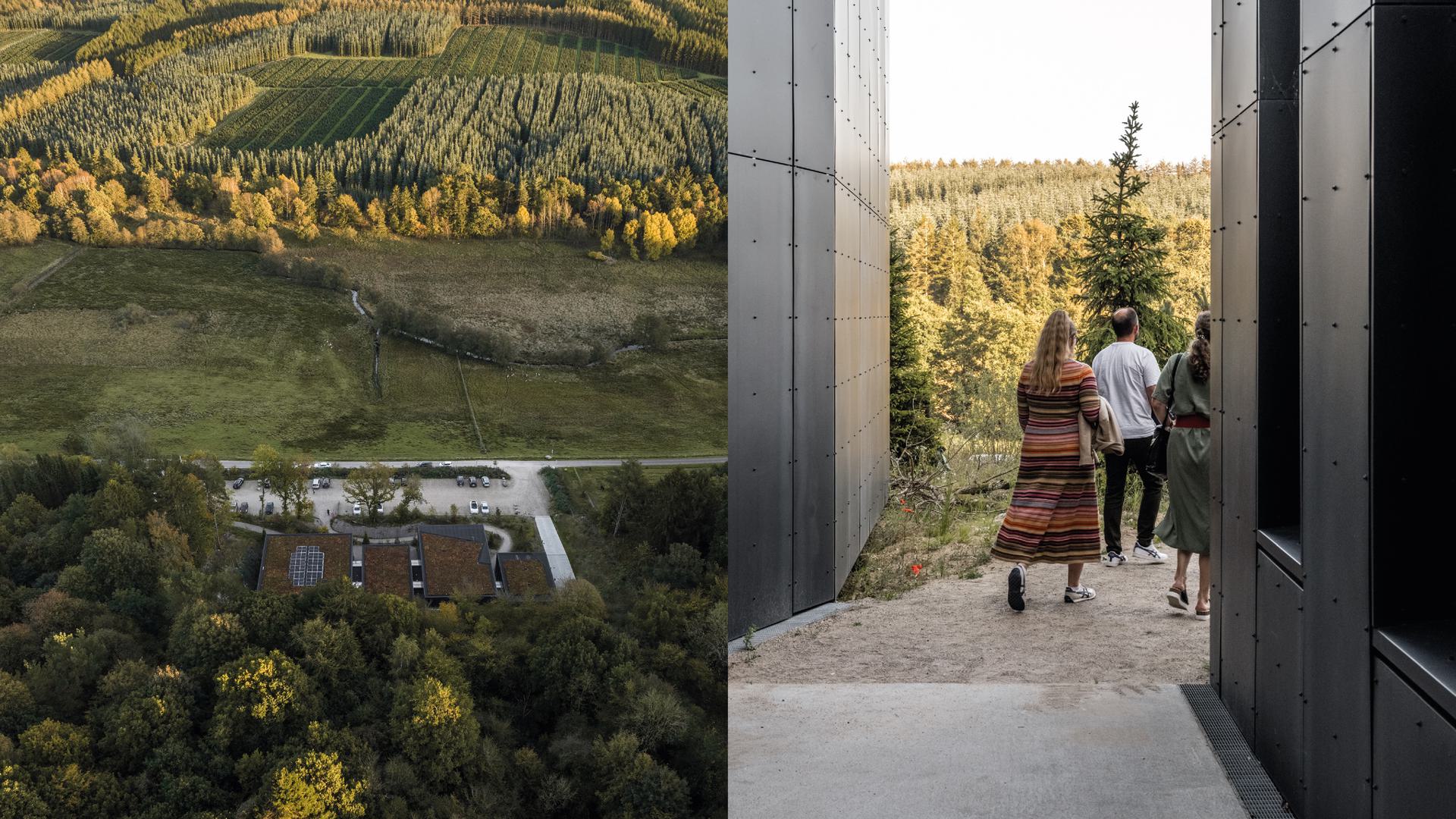
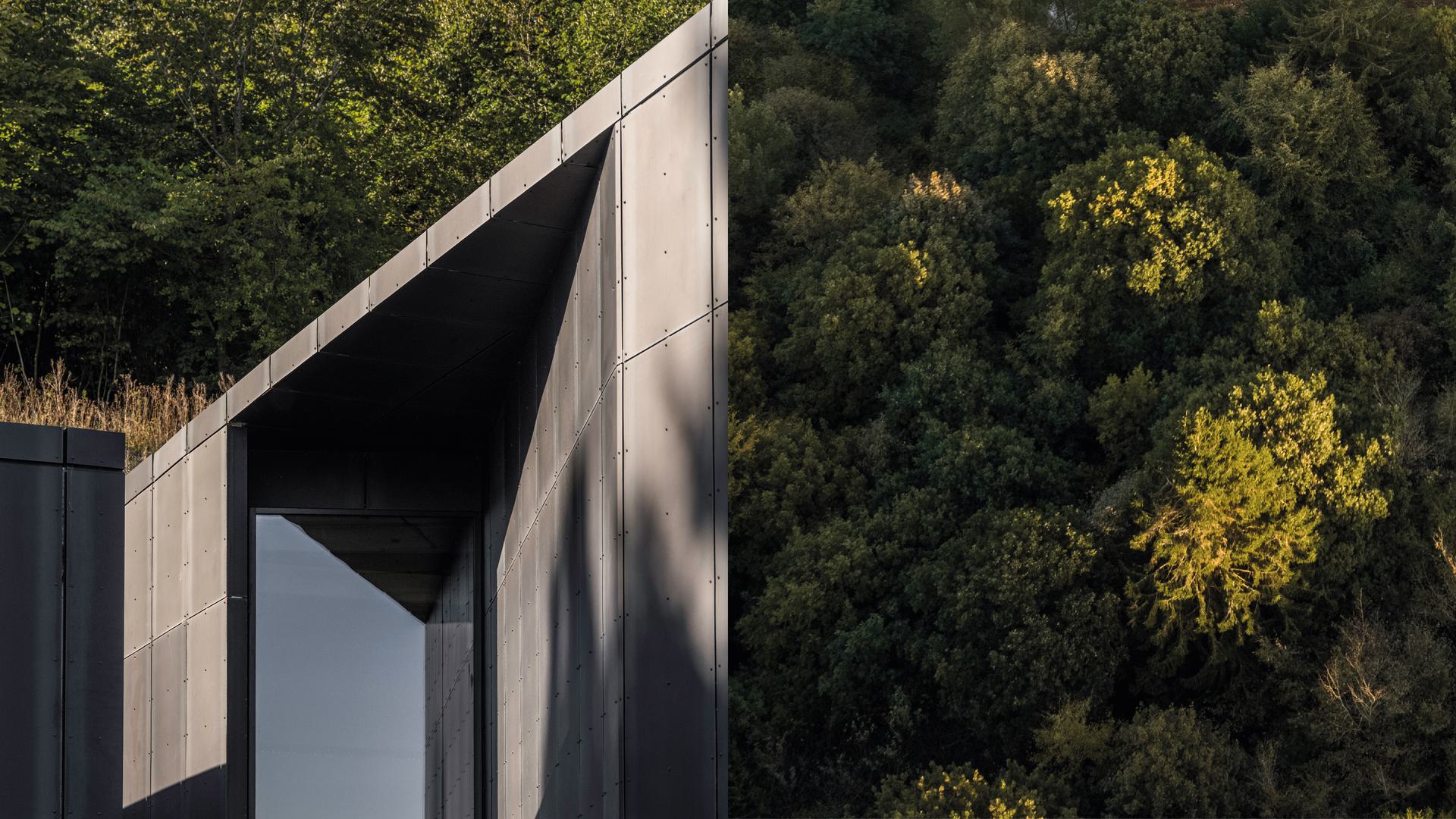

Black boxes
On the surface, the reception and exhibition building will be the only visible manifestation of the new Cold War museum. Built as four black boxes, the building is tucked deep inside the forest. Solid and reclusive, the boxes appear on the landscape as almost hermetically sealed display cases where only a discreet retraction in the facade indicates the entrance to the museum. The boxes are clad in anodised aluminium, giving them their own unique weather-resistant structure. Their appearance plays distinctively with the surrounding landscape, which houses one of Denmark's best kept secrets – the 5,500 square metre nuclear-proof bunker built to house the Danish regent and the government in case of war.

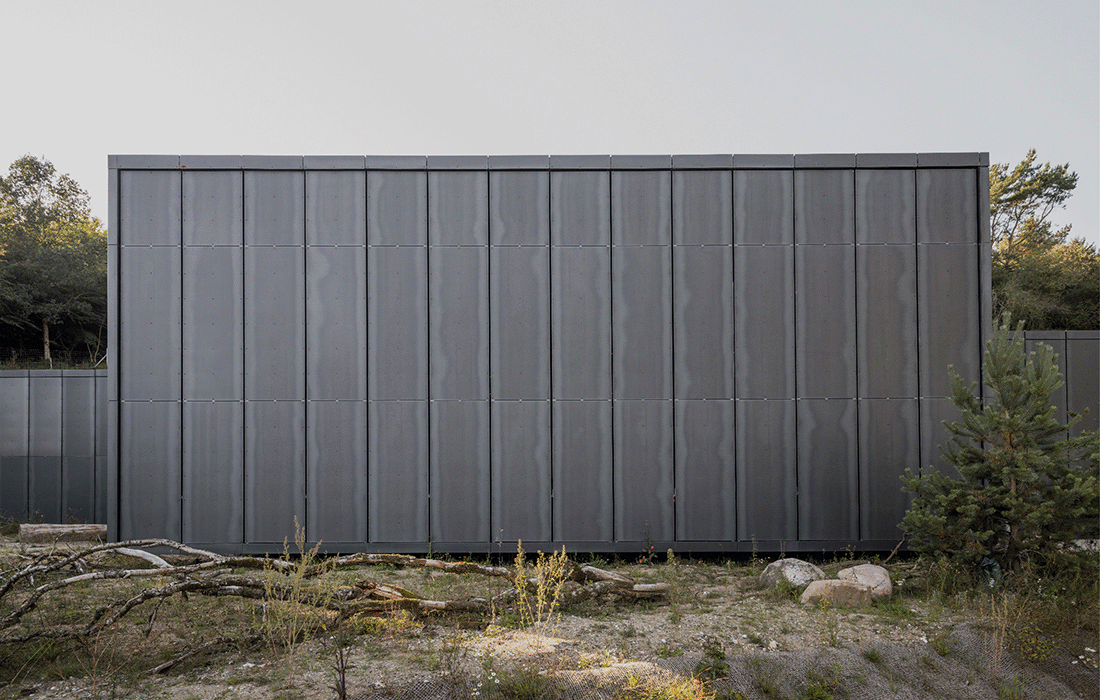
Thanks to the dynamic slat opening, the reception and exhibition building is open during the day while it converts into an enclosed and mysterious unit at night.
The boxes do not reveal their content and piqué the curiosity of the visitors right from the arrival. Thus, the boxes inscribe themselves into the complete experience for the visitor — an experience characterised by its distinctive mystic and historical secrecy all the way through.Anders Tyrrestrup / Founding Partner, AART

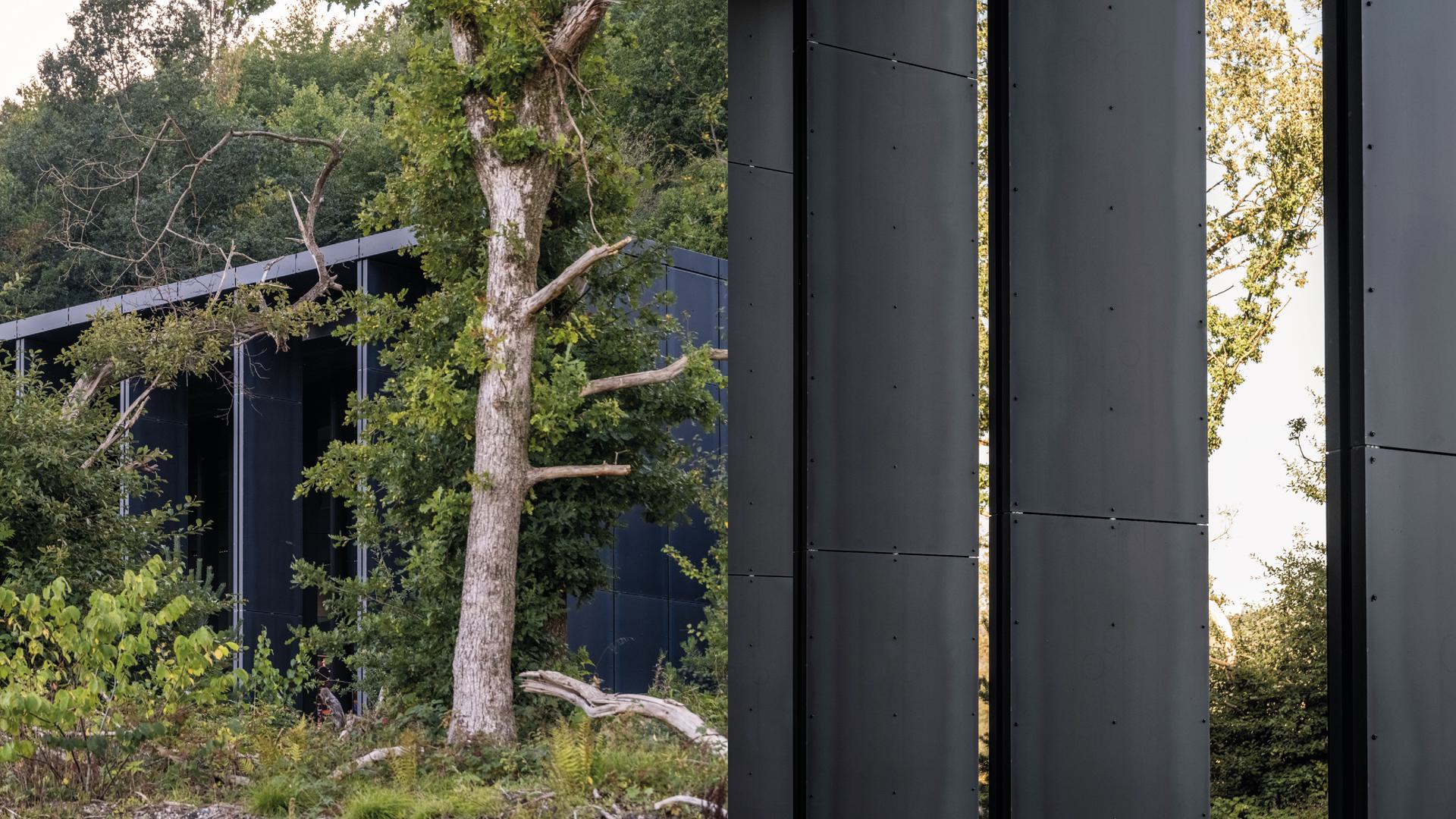
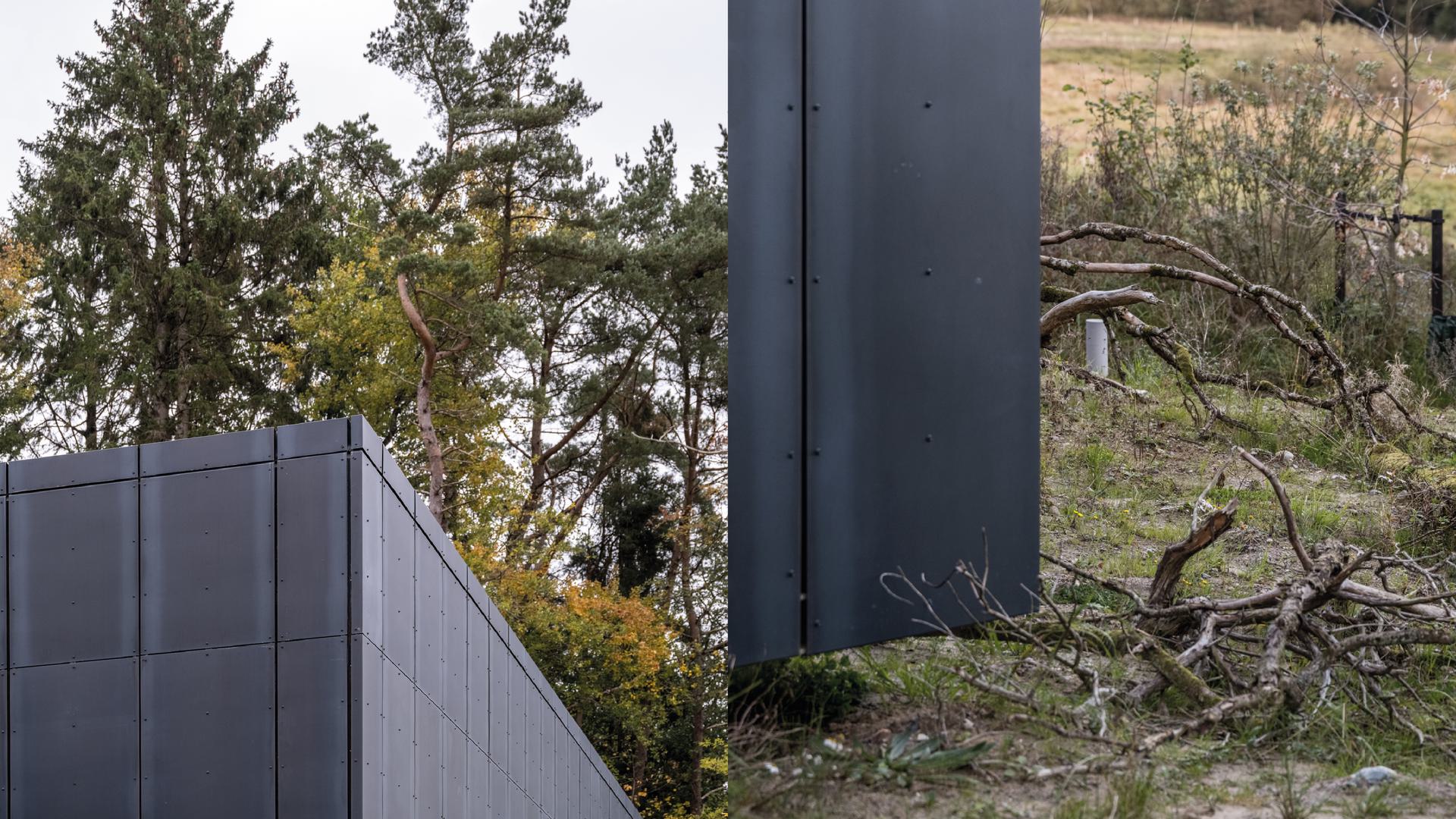

The ultimate focal point
REGAN Vest is tangible proof of the threat felt during the Cold War and is the museum's ultimate focal point. In the heart of the reception and exhibition building is a scale model of the impressive underground bunker. The reception and exhibition building has been built so that the flow of visitors centres around the model, and from this central area, visitors get an overview of and easy access to the museum's many features, including the exhibition sections and assembly point for guided tours to REGAN Vest.

In the heart of the exhibition is a scale model of the impressive underground bunker.

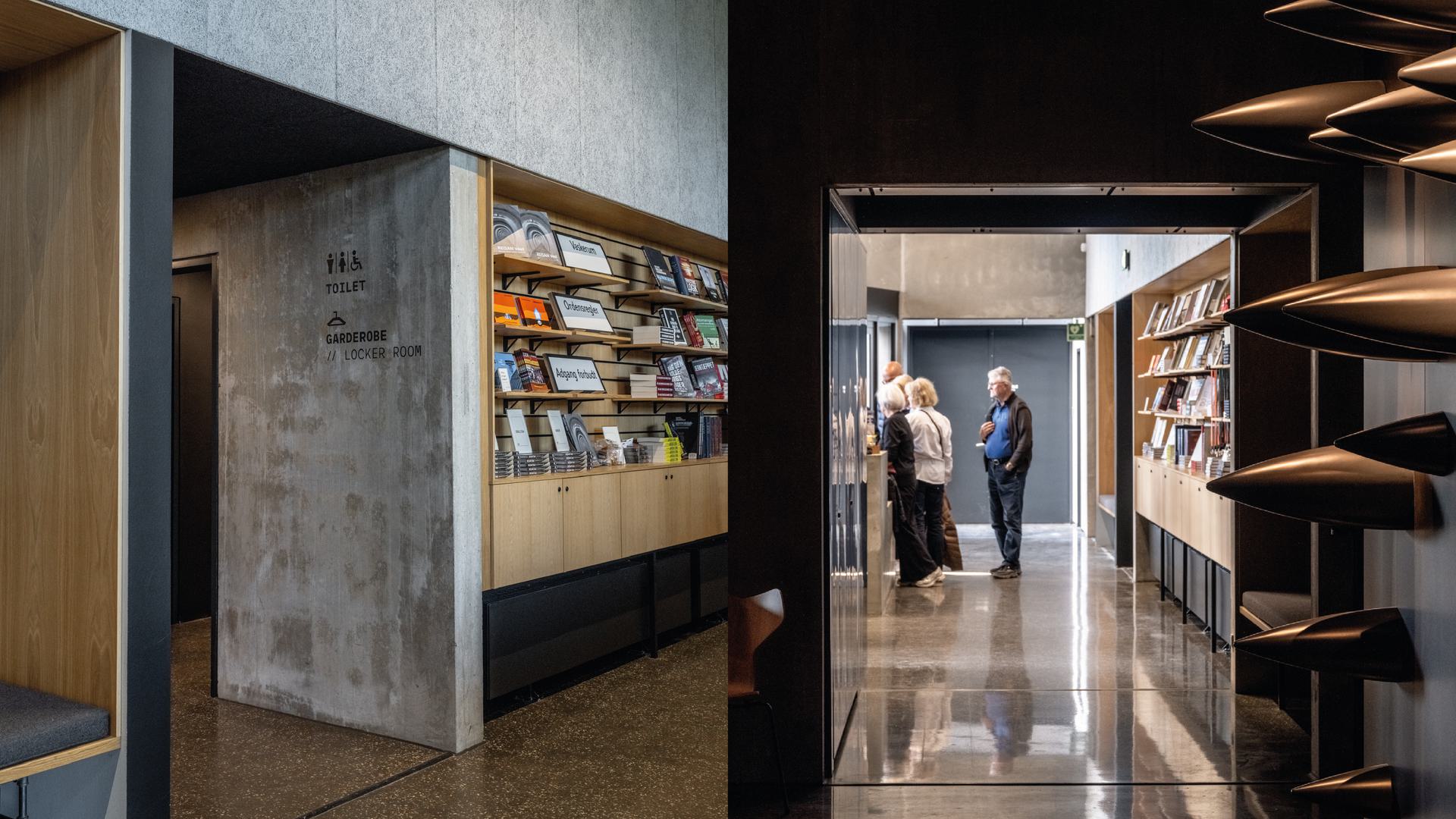

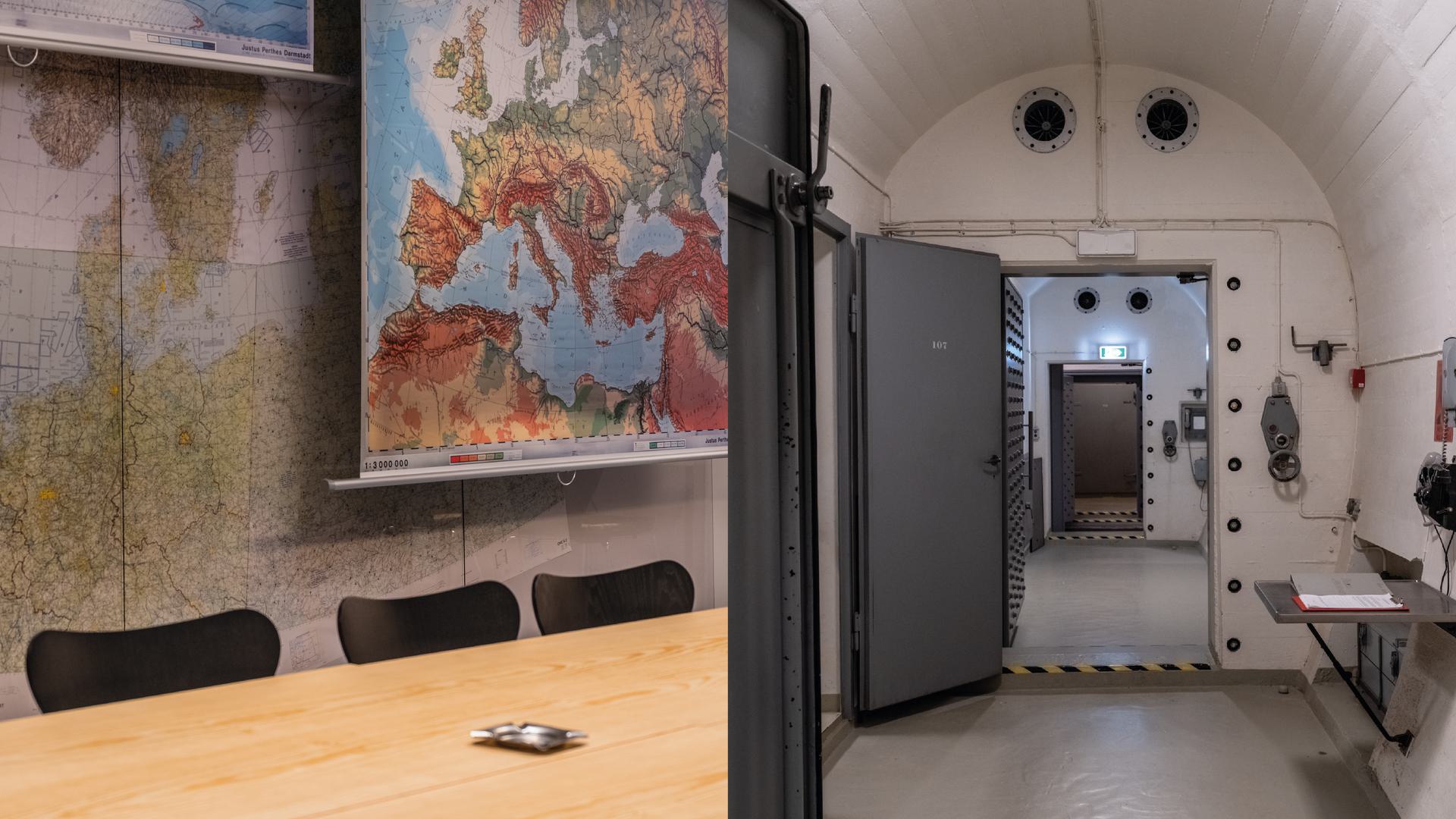
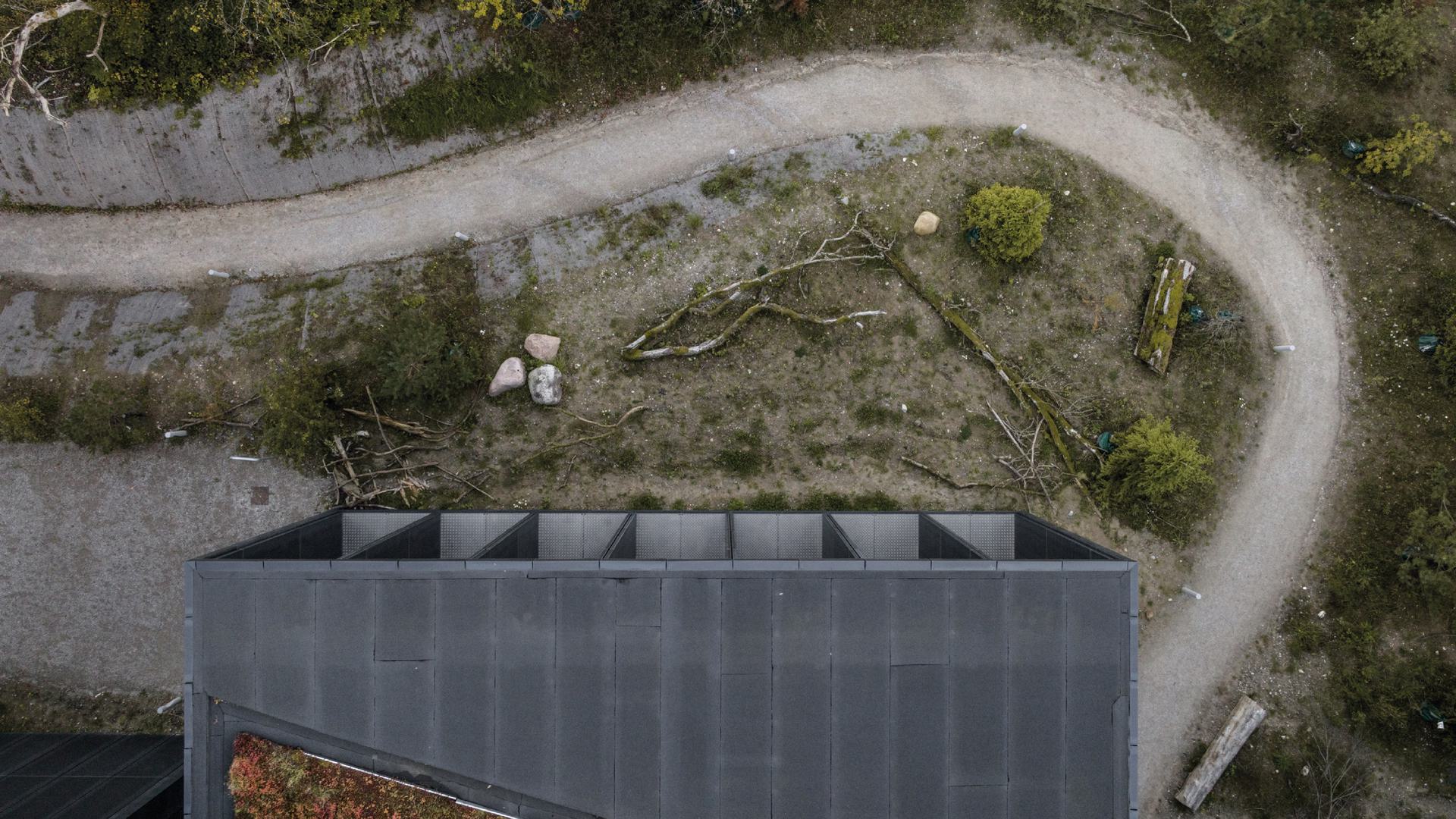
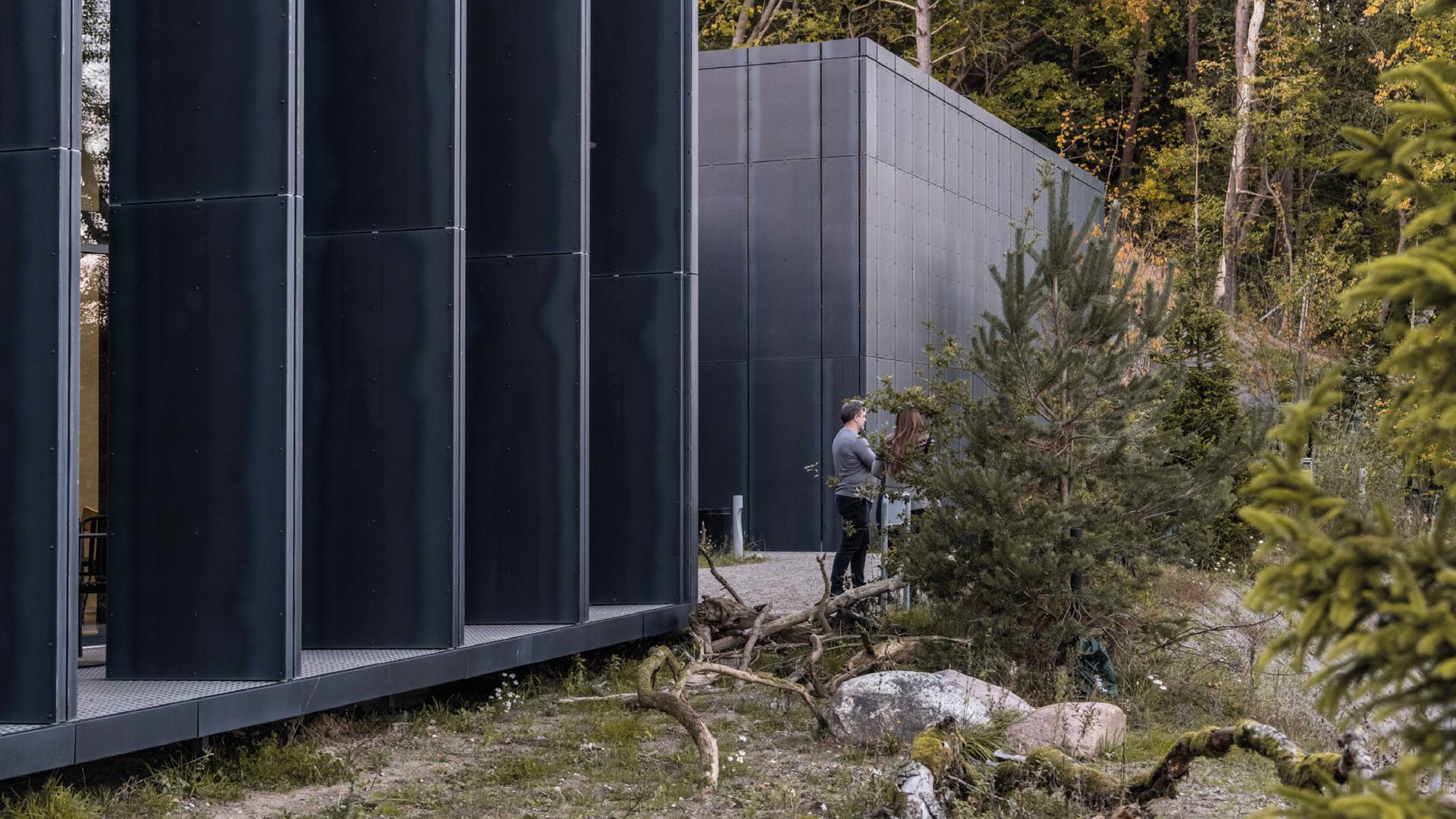

Perspectives on the Cold War
The reception and exhibition building contains seven exhibition sections that engage visitors and provide different perspectives on the Cold War – from the fear of nuclear weapons to the sharply drawn political fronts and war scenarios, should the war break out. It is all staged to create continuity between the individual exhibition sections, while allowing visitors to move freely between each one and thus create their own experience.
The bunker represents a unique building culture that contains a social narrative about the Cold War never before told. The project provides access to the original bunker, while the added constructions have been built with respect for the area and with a focus on the powerful story behind it. The new museum will make history come alive and provide powerful new experiences for both adults and children.Nina Kovsted Helk / Philanthropy Director of Realdania
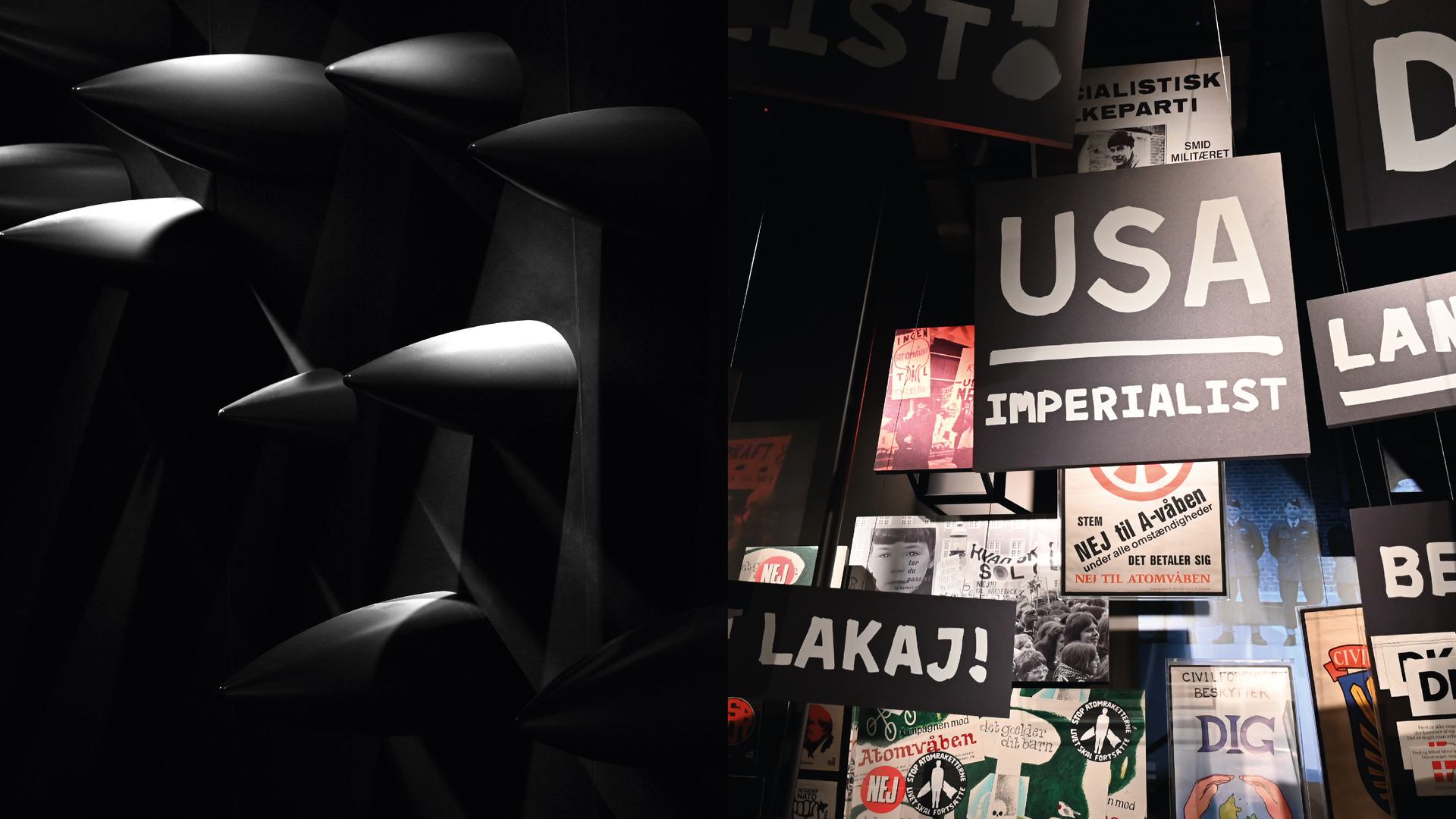
Want to know more?

